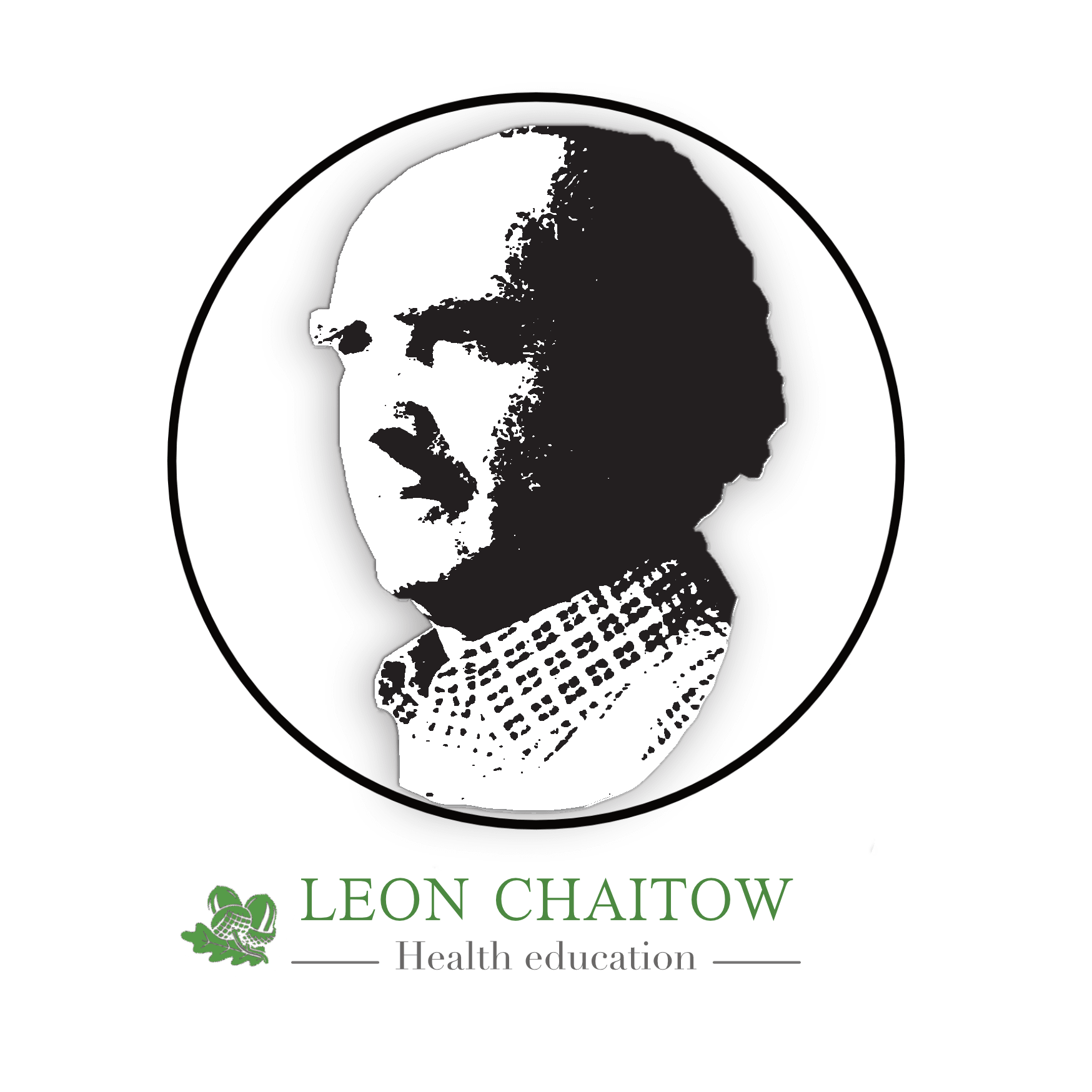See the picture, two young indian boys playing on the beach in Goa around 100 years ago, as a lone Englishman – Charles Leadbetter – approaches and speaks to them. Today, what images flash into the mind? And what if the individual was in fact
K born 1895 -1986
was discovered as a teenager by C.W. Leadbeater in India on the private beach at the Theosophical headquarters at Adyar in Chennai. He was subsequently raised by Annie Besant and C.W. Leadbeater within the world-wide organization of the Theosophical Society, who believed him to be a vehicle for a prophesied World Teacher (see Second Coming; Maitreya Buddha). As a young man, he disavowed this destiny
At the age of 34, he publicly renounced the fame and messiah status he had gained from being proclaimed the new incarnation of the Maitreya Buddha by the Theosophical Society, and spent the rest of his life publishing regularly and holding public talks, mostly in South Asia, Europe and the United States. At age 90 he addressed the United Nations on the subject of peace and awareness, and was awarded the 1984 UN Peace Medal.
Krishnamurti was born into a Telugu Brahmin family in Madanapalle, India, and in 1909 met C.W. Leadbeater on the private beach at the Theosophical Society headquarters at Adyar in Madras (now Chennai), India. He was subsequently raised under the tutelage of Annie Besant and C.W. Leadbeater, leaders of the Society at the time, who believed him to be a “vehicle” for an expected “World Teacher”. As a young man, he disavowed this idea and dissolved a world-wide organization (the Order of the Star) established to support it. He spent the rest of his life traveling the world as an individual speaker, speaking to large and small groups, as well as with interested individuals. He authored a number of books, among them The First and Last Freedom, The Only Revolution, and Krishnamurti’s Notebook. In addition, a large collection of his talks and discussions have been published. His last public talk was in Madras, India, in January 1986, a month before his death at home in Ojai, California.
Krishnamurti’s new vision and consciousness continued to develop and reached a climax in 1929, when he rebuffed attempts by Leadbeater and Besant to continue with The Order of the Star. Krishnamurti dissolved the Order at the annual Star Camp at Ommen, the Netherlands, on August 3rd, 1929[51] where, in front of Annie Besant and several thousand members, he gave a speech[52] saying among other things:
“You may remember the story of how the devil and a friend of his were walking down the street, when they saw ahead of them a man stoop down and pick up something from the ground, look at it, and put it away in his pocket. The friend said to the devil, ‘What did that man pick up?’ ‘He picked up a piece of the truth,’ said the devil. ‘That is a very bad business for you, then,’ said his friend. ‘Oh, not at all,’ the devil replied, ‘I am going to help him organize it.’ I maintain that truth is a pathless land, and you cannot approach it by any path whatsoever, by any religion, by any sect. That is my point of view, and I adhere to that absolutely and unconditionally. Truth, being limitless, unconditioned, unapproachable by any path whatsoever, cannot be organized; nor should any organization be formed to lead or coerce people along a particular path.”[53]
and also:
“This is no magnificent deed, because I do not want followers, and I mean this. The moment you follow someone you cease to follow Truth. I am not concerned whether you pay attention to what I say or not. I want to do a certain thing in the world and I am going to do it with unwavering concentration. I am concerning myself with only one essential thing: to set man free. I desire to free him from all cages, from all fears, and not to found religions, new sects, nor to establish new theories and new philosophies.
He subsequently spent the rest of his life holding dialogues and giving public talks across the world on the nature of belief, truth, sorrow, freedom, death, the apparently eternal quest for a spiritually-fulfilled life, and related subjects
“Meditation is one of the greatest arts in life-perhaps the greatest, and one cannot possibly learn it from anybody, that is the beauty of it. It has no technique and therefore no authority. When you learn about yourself, watch yourself, watch the way you walk, how you eat, what you say, the gossip, the hate, the jealousy-if you are aware of all that in yourself, without any choice, that is part of meditation.”[81]
“Man, in order to escape his conflicts, has invented many forms of meditation. These have been based on desire, will, and the urge for achievement, and imply conflict and a struggle to arrive. This conscious, deliberate striving is always within the limits of a conditioned mind, and in this there is no freedom. All effort to meditate is the denial of meditation. Meditation is the ending of thought. It is only then that there is a different dimension which is beyond time.”[82]
“Meditation is the emptying of the mind of all thought, for thought and feeling dissipate energy. They are repetitive, producing mechanical activities which are a necessary part of existence. But they are only part, and thought and feeling cannot possibly enter into the immensity of life. Quite a different approach is necessary, not the path of habit, association and the known; there must be freedom from these. Meditation is the emptying of the mind of the known. It cannot be done by thought or by the hidden prompting of thought, nor by desire in the form of prayer, nor through the self-effacing hypnotism of words, images, hopes, and vanities. All these have to come to an end, easily, without effort and choice, in the flame of awareness
